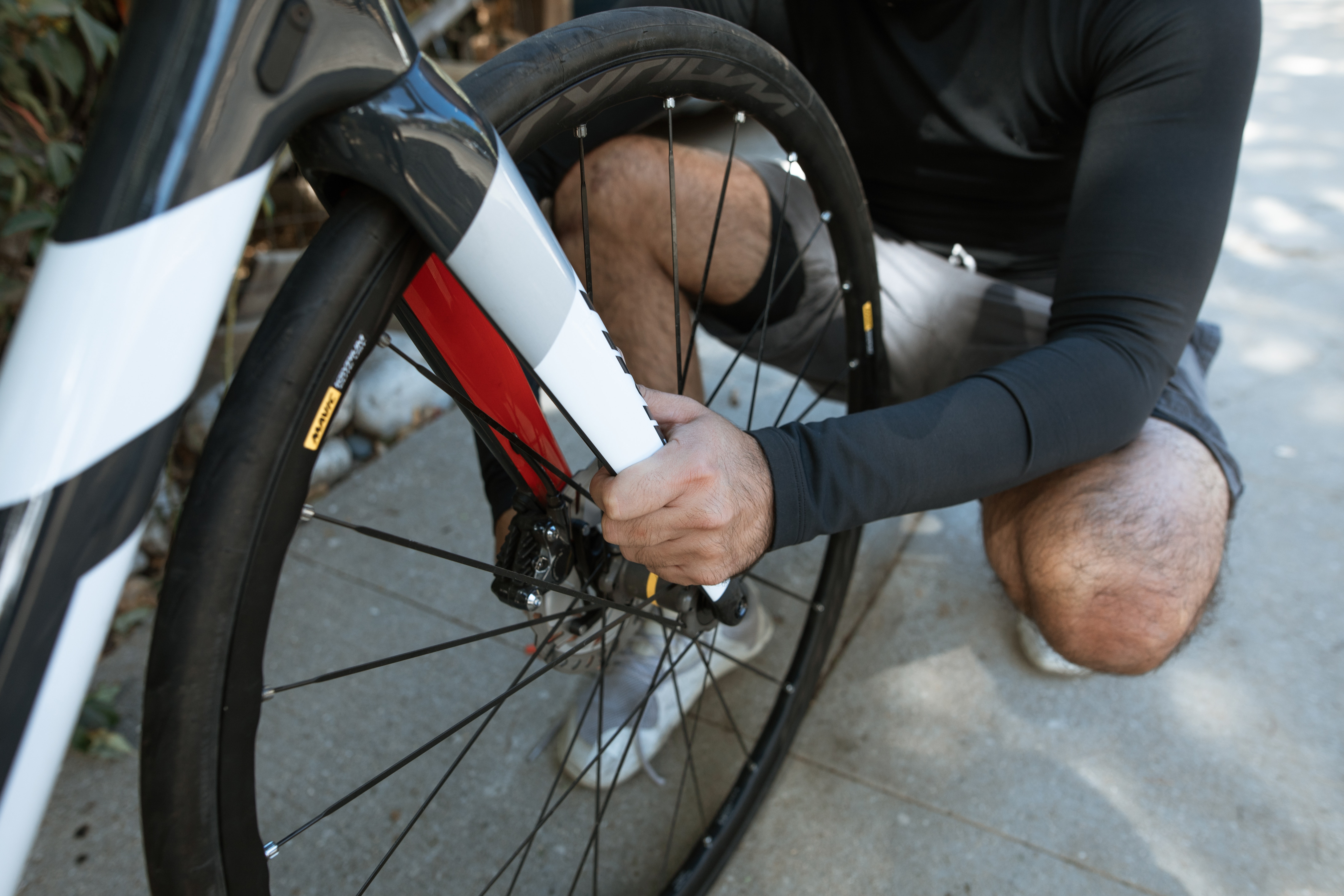I’ve seen a lot more articles about fifteen minute cities popping up when I’m browsing this past couple of weeks. Whether that’s the algorithm leading me along or there’s a real uptake in interest I don’t know. I’m hoping for the latter though. See I’ve always been a fan of fifteen minute cities. I’ve lived in some places where getting to basic amenities even within the city was a problem. Even with an electric bike.
Fifteen minute cities are good for three things, people, ecology and bikes. By giving people amenities close to home you get rid of their reliance on cars. It makes it easier to get around without any transport. That means less space dedicated to cars on the street and more green and open areas. Reduced distances make traveling to anywhere by E-bike much easier.
That’s great for the bike industry obviously. Increased biking infrastructure directly leads to more sales. You don’t get much better than urban planning where everything is designed with a fifteen minute cycle in mind.
The Automotive City
This isn’t the first time we’ve talked about this but, the way we build our cities is based around cars. This was actually due to some aggressive marketing by the automotive industry. And if they can do it, why can’t we?
Before the 1930’s city streets were non preferential. Whether you were a pedestrian, cyclist or driver you were entitled to the same space. This wasn’t as good for bikes as modern cycling infrastructure sure, but it was better than the automotive cities that came after. This setup was bad for cars though. Cars need much more space than bikes to park and drive.
So the auto industry ended up influencing city planning going forward. There were plenty of advantages to cars too. They did allow people with them a new degree of freedom to travel long distances quickly. This led to the rise of suburbs and the city as a place of business. It also led to cities becoming more hostile to people as more space became devoted to cars.
A lot of this remains true even today. The next time you’re in a city street look around. How much space is dedicated to cars? Whether they’re driving or parked up. How many of the streets you’re on have a bike lane? How wide is the path for pedestrians to walk on? It’s move on since the early days but you’re still in an automotive city.
In a way this is a necessity under current planning. People need to travel much further for basic amenities and to commute in automotive cities. I used to travel up to two hours five days a week while commuting using public transport. Cycling would have been similar. To drive would have taken 40 minutes a day. I worked eight hour days so that was ten hours of my day in total.
What Is A Fifteen Minute City?
The idea is pretty simple. A fifteen minute city is a city where a person can reach everything they need by walking or biking 15 minutes. Work, education, essential retail and recreation all within fifteen minutes of the home.
Essentially this boils down to decentralising cities. At the moment we usually have a city centre and various districts within it. Outside of that are various neighbourhoods with varying degrees of amenity access. Most of the amenities are based within the city though. This means many people need to travel.
Remember I said I used to live somewhere very difficult to get around in the intro? Well that was Fort Worth, Texas. To get to the supermarket was a minimum twenty minute drive. My neighbourhood had virtually no amenities within walking distance. If I ran out of essentials there was a small store where I could get the very basics.
It was difficult to get to anywhere I needed even with an electric bike. The problem wasn’t distance either. It was infrastructure. I couldn’t cycle because of a lack of bike paths and an abundance of highways. Fifteen minute cities are designed to take away these problems.
Fifteen Minute Cities Benefits
A fifteen minute city doesn’t need to be car centric. In fact it doesn’t make sense for it to be. Because amenities are so close to the people that live there cars can be relied upon much less. People who still own cars will be able to use them for longer trips while simply walking and cycling in their usual lives.
The big advantage to less cars though is that so much space is freed up. Because in these cities “space once used for parking would be repurposed for more social interactions such as outdoor dining, or play areas for children”. That means more green leisure areas which have been repeatedly proven to help physical and mental wellbeing. This is furthered by the cleaner air that comes with more greenery and less emissions.
More green recreational areas also means it’s easier for people to meet up with friends. In fact people are 28% less likely to feel lonely in urban settings with green spaces than without. This ties in directly with mental wellbeing but it is something worth noting specifically. When you meet friends in a city, where are you likely to meet? For me it’s a bar, restaurant or coffee shop. Chances are it’s not that green and it’s still crowded and noisy. If there’s outdoor seating it’s on the street and there’s still traffic passing by.
Imagine if I had worked in a fifteen minute city in my work example above. I would have spent 30 minutes a day commuting instead of two hours. With the improved cycling infrastructure in a fifteen minute city I could have done that by the way. The distance from my home to work was only 8 miles. It was the lack of infrastructure which made the journey longer. Once again distance isn’t the problem planning is.
To put it simply, the benefits of fifteen minute cites are less time commuting, better health physically and mentally, cleaner air, increased amenities and less loneliness.
Why Is It Good For The Bikes Industry
Ok 15 minute cities are great but why are they great for the bikes industry specifically? Well because they let people cycle. I didn’t do much cycling while living in Fort Worth because I couldn’t. Or at least it was significantly more difficult to cycle than drive. That’s not unique to one city though. It’s not a bug in the system either, it’s a feature. Or at least it was maybe it’s just habit now.
Either way when its harder for people to cycle they don’t. When it’s easy and they have the infrastructure people will cycle. Fifteen minute cities allow this kind of infrastructure to flourish.
Fifteen minute cities could also benefit from bike rental schemes. Hourly bike rentals are already in place in cities, but they are much more effective in fifteen minute cities. If wherever you need to go is within a fifteen minute bike ride you can benefit from a scheme like this without ever owning a bike.
These schemes could be operated by local councils and supplied by manufacturers or be entirely private. Either way expanding them in the way fifteen minute cities allows would offer a great opportunity for the UK bike industry. By producing these communal bikes for either government contracts or by the hour renting for the public, companies gain access to a steady revenue stream for the sale and maintenance of a limited number of bikes.



